Pulling up the driveway to Balderdash Cellars in Richmond, Mass., you come upon a picturesque house on a hill, leading to a world of beautiful mountainous views and the smell of fresh wine.
Founded in 2011 by owners, Christian and Donna Hanson, Balderdash Cellars makes many several varieties of wine produced primarily from grapes grown in Californian vineyards.
Balderdash offers special wine tastings at various times throughout the year and live music in the summer.
The Greylock Glass was lucky enough to get a taste of the wine making process with a tour of the cellar lead by owner Christian Hanson.
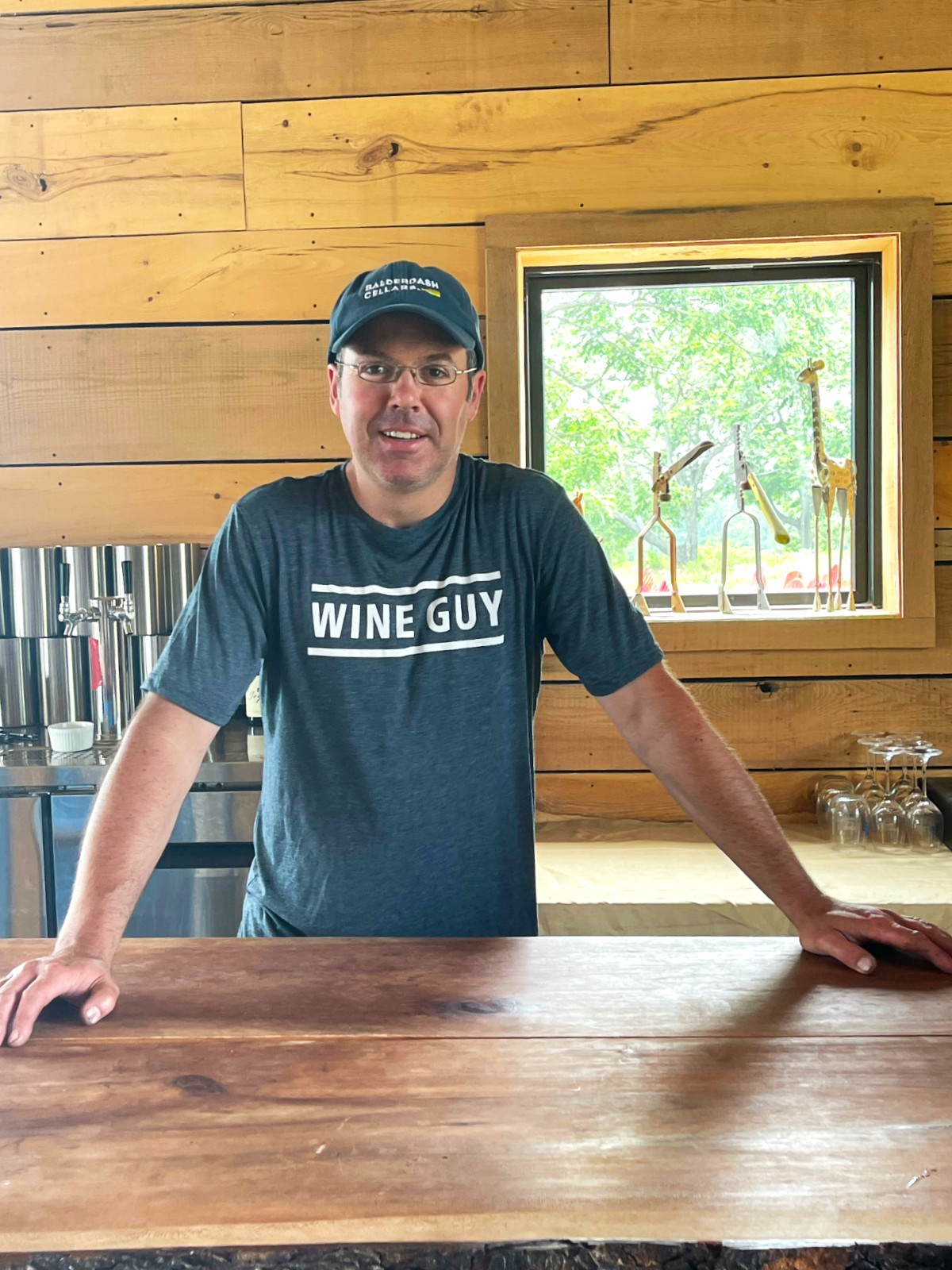
“About 15 years ago I started dabbling in my basement and trying to make some wine. I did that for a couple years and decided to go back to wine making school and possibly open up a winery at some point.
“I went out to UC Davis to attend their undergrad wine making program for a couple of years, said Hanson.”
Hanson’s then girlfriend, now wife, was from Berkshire County, which lead Donna and Christian to ultimately open up a winery in Berkshire County.
“Our old location was in the old Pittsfield Rye Bakery Building on the corner of East Street and Elm Street down in their basement.
We came across this land and began more winemaking here, says Hanson.”
The process starts by getting grapes 3000 miles away in California, but on occasion grapes are also harvested closer to the winery in the Finger Lakes region of New York.
“Most wineries don’t even grow their own grapes. They get them from people that specialize in growing grapes, or wineries that have the ability to harvest their own grapes,” said Hanson.
The grapes are delivered to Balderdash frozen, then thawed in stainless steel tanks and this is where the magic truly happens.
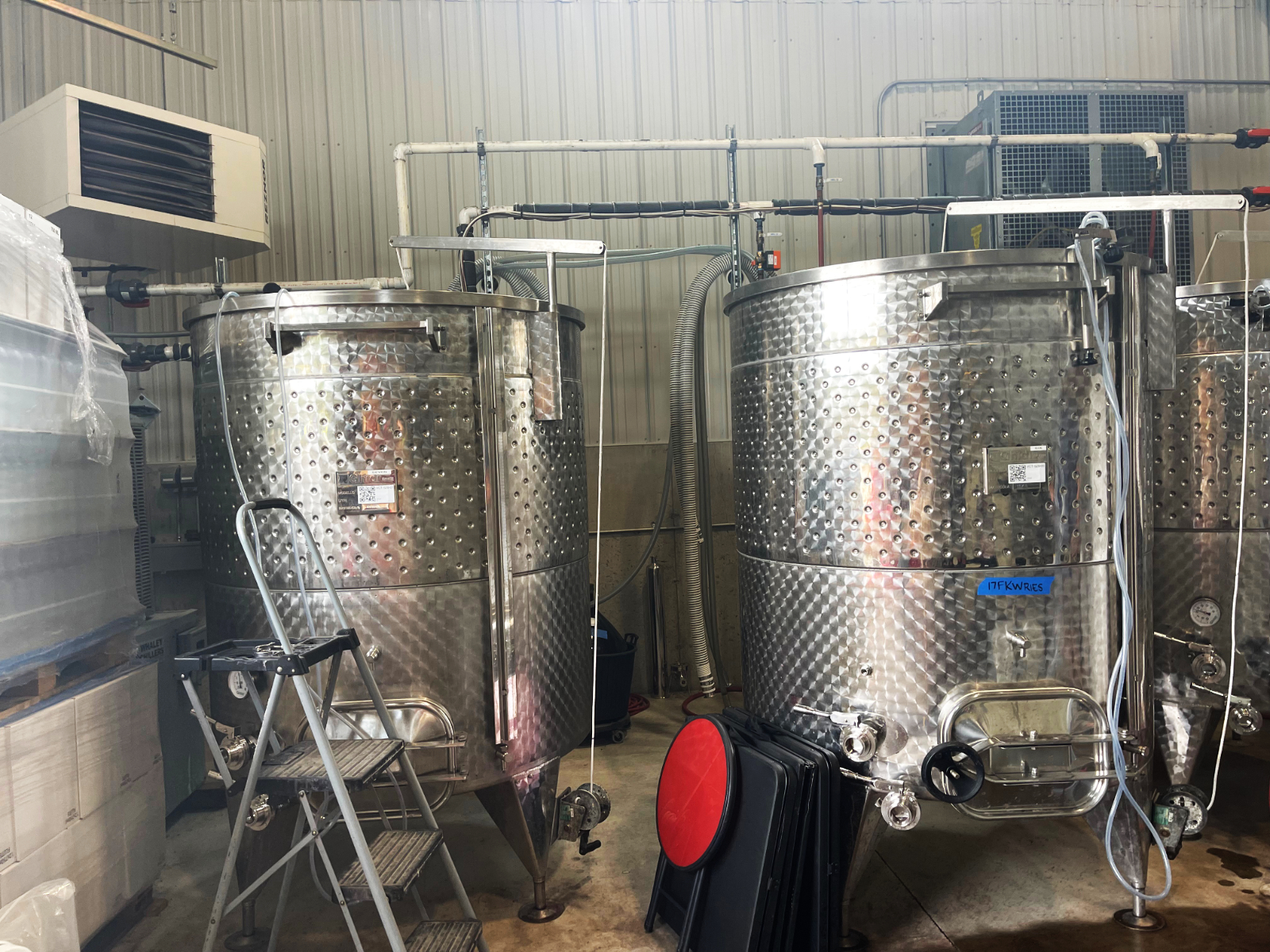
The grape juice slowly turns to wine during a process called fermentation.
Fermentation is the chemical breakdown of a substance by bacteria, yeasts, and other microorganisms.
For red wines the skins of the grape are still mixed into the juice after the fermentation process is complete.
The red wine is then stored in oak barrels to maintain its oaky flavor.
The skins are the agent used to give wine its color and flavor but for white wines no skin should be present after the fermentation process.
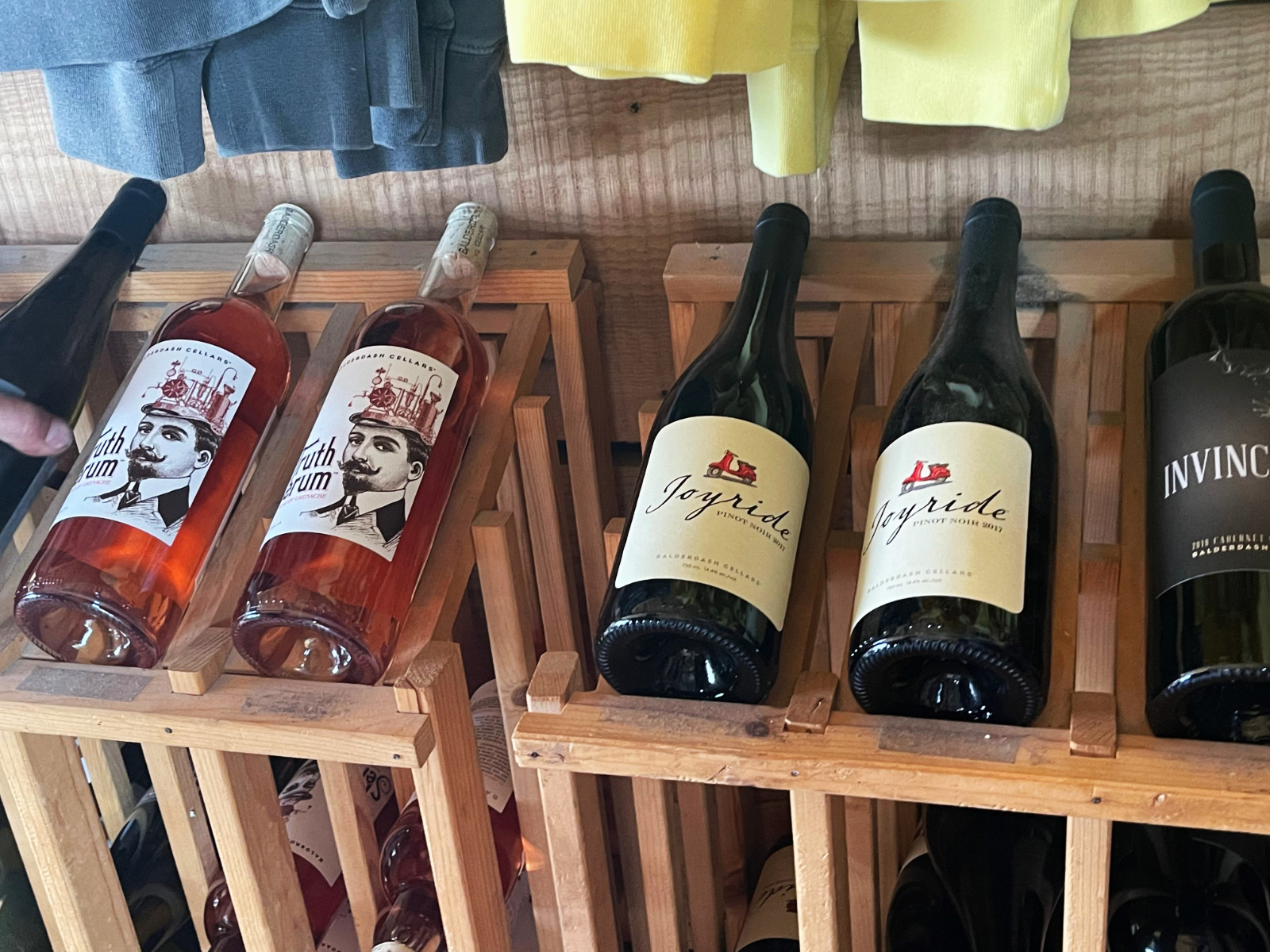
White wines present a lighter flavor so the pure juice is then stored in large stainless steel tanks to help maintain its fresh taste.
The skins of the grapes are then loaded into a press machine — Balderdash uses a machine called the Soft Press12 .
“We load up the skins and all that really happens is it squeezes the heck out of the skins so more wine is produced.
Paper thin skins remain which allows us to get every last drop of wine that we can produce, added Hanson.”
All of the red wines are mainly stored in oak barrels primarily from French forests, so French oak is used to allow red wine to maintain its taste, and they are stored anywhere from 12 months to two years.
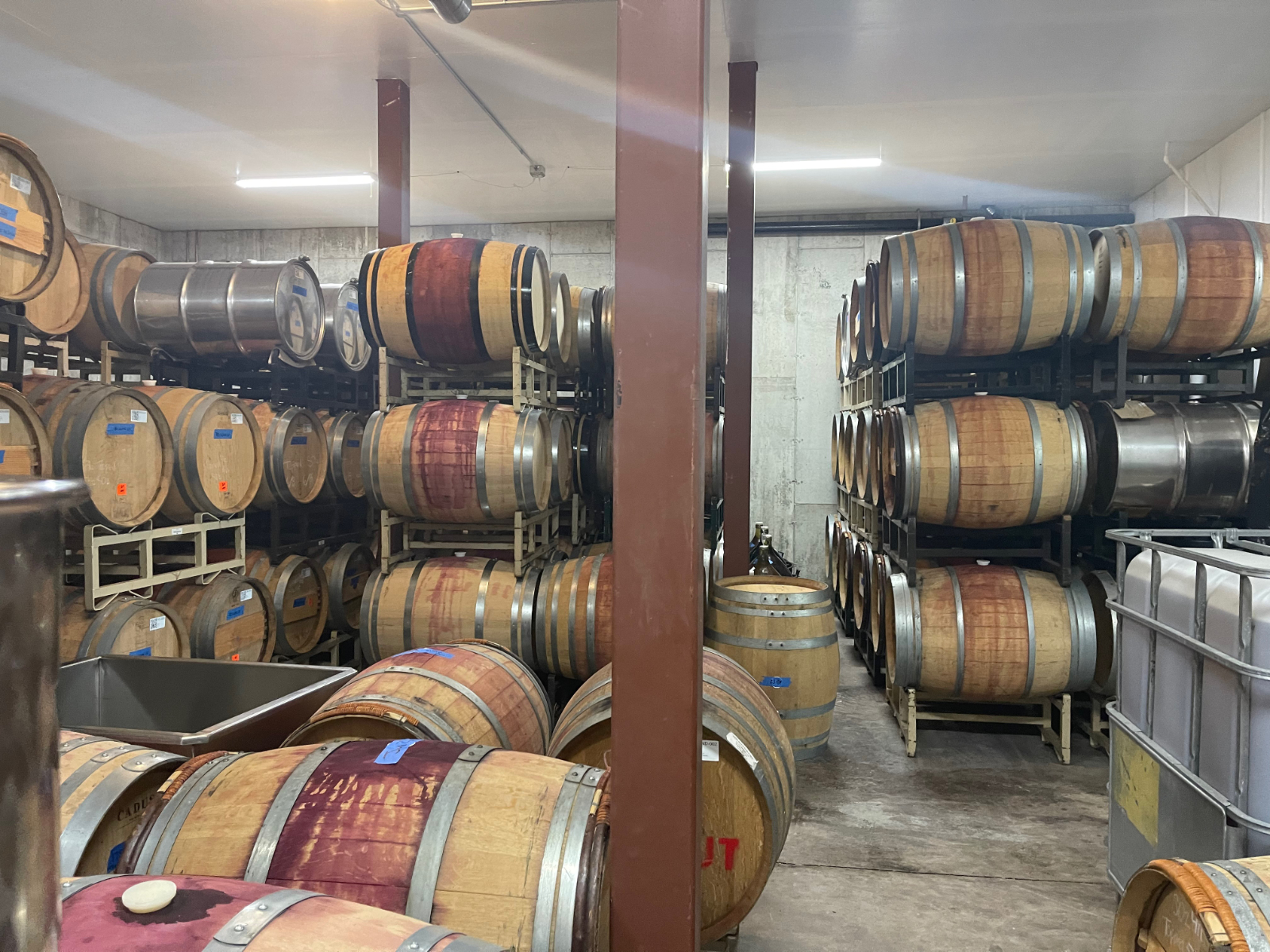
Balderdash has about 150 barrels located in their facilities and the barrels can be used for up to five years.
“After the wine ages from anywhere between 12 months to 24 months, we will taste the wine and then choose the best wines to bottle.
We sometimes need to mix different reds wines together and different white wines together to see what they need. When we find the right taste we mix it up and bottle the wine.
Balderdash bottles about 30 – 40 thousand bottles per year, commented Hanson.”
Balderdash is in the process of growing their own grapes which which require five years in order for the vines to mature.
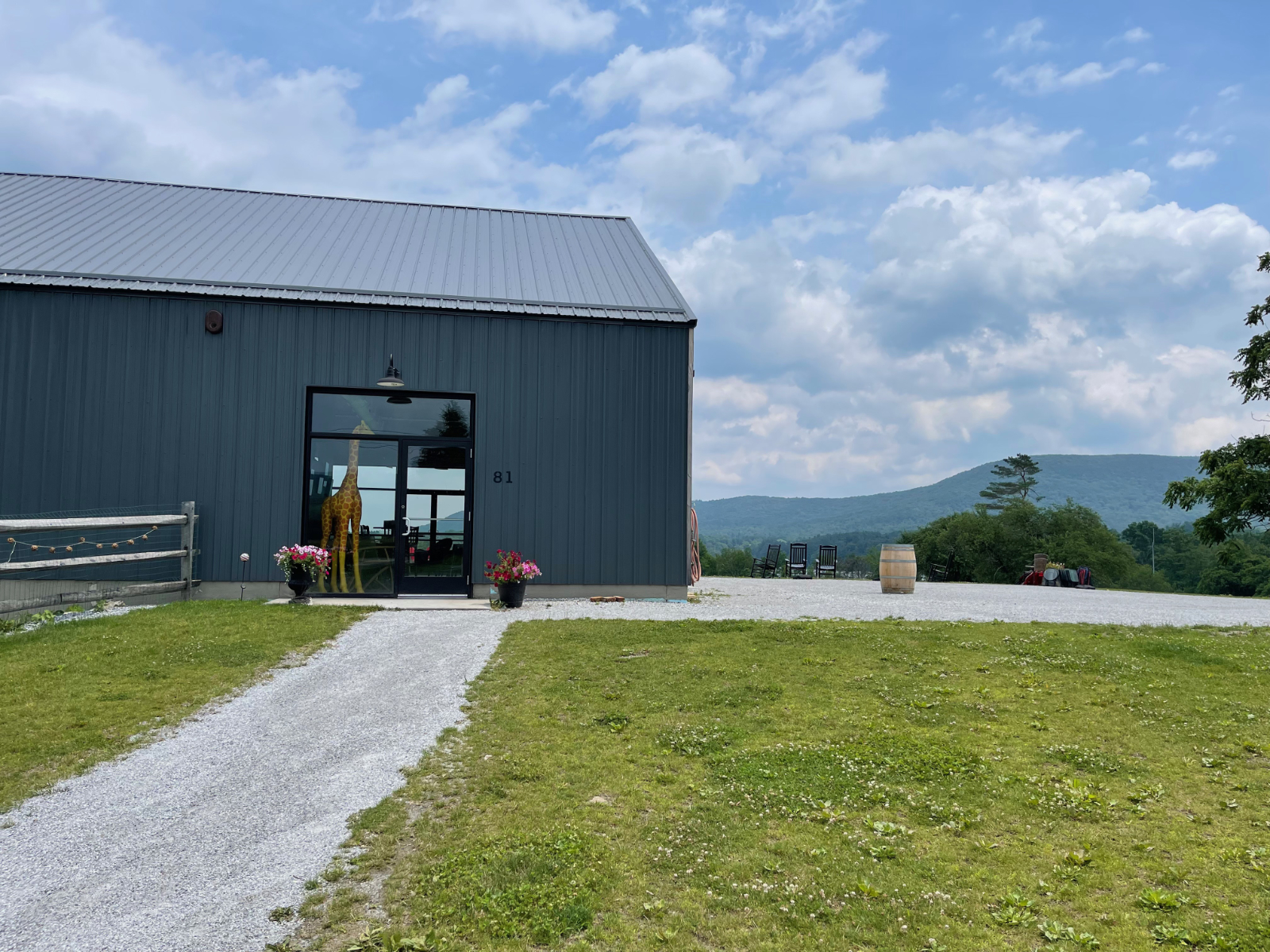
You can find out more information about Balderdash Cellar by visiting their website www.balderdashcellars.com or you can give them a call to inquire or purchase their wine at (413)-464-4629
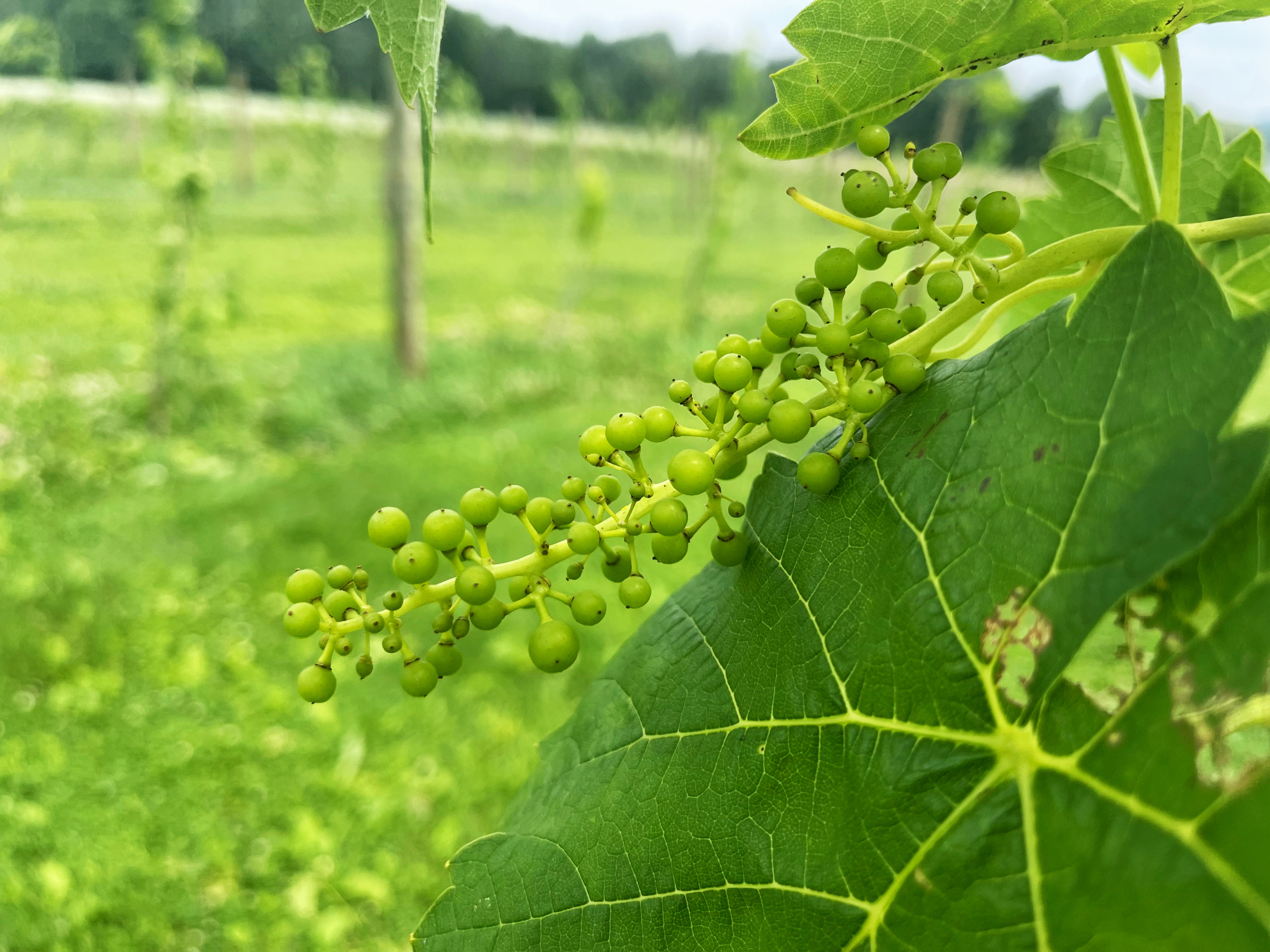


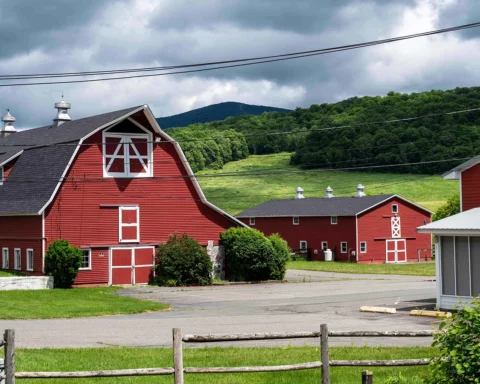
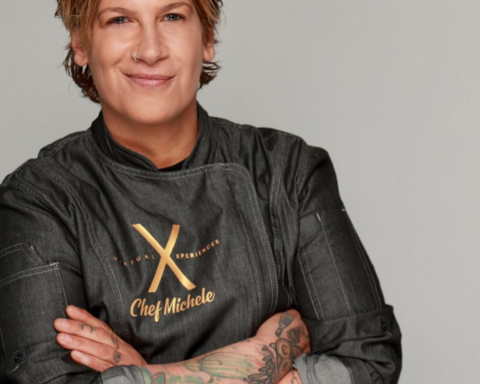
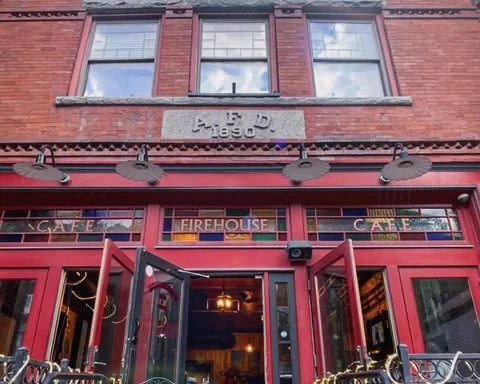
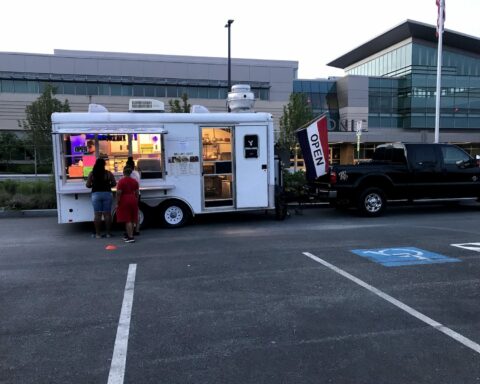
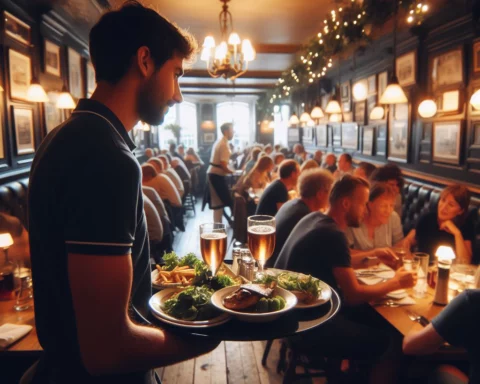









You must be logged in to post a comment.